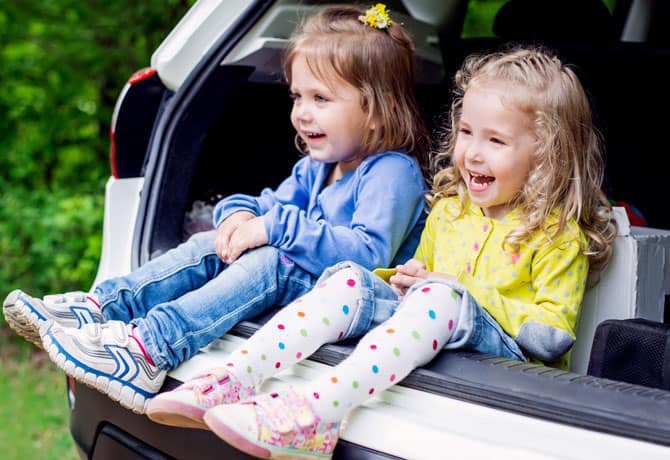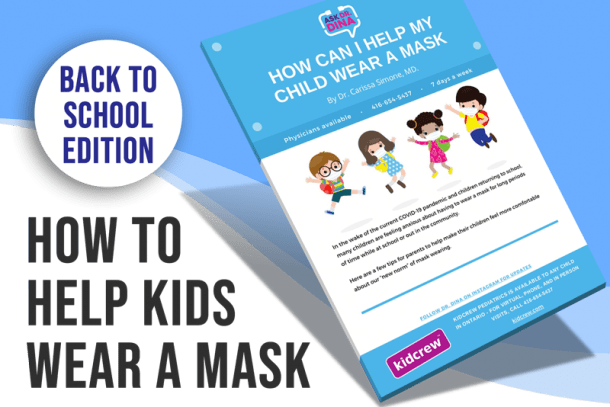Does getting your child to sleep when traveling during the holidays bring you woe? Here’s how to help them.
Holiday season is fast approaching which often means more traveling for families. Perhaps you’re taking a family vacation and heading some place warm, or maybe you’re visiting relatives a few hours away and staying at their home. Regardless of your travel plans, a change in routine and sleeping environment can often interrupt your child’s sleep. Here are some tips to help get your child to sleep when traveling.
What to Pack
Bring items that will make your child’s sleep environment more conducive to sleep. If you’re going to be travelling by car, bring a window shade to block the light, or download a white noise app to play on your smartphone. If you’re going to be travelling by plane, bring a carrier or sling to walk up and down the airplane aisle.
It can be hard to sleep in a strange environment, whether that’s a hotel room or a friend’s house, so help your child sleep better by bringing their familiar items from home. Having items they know and love will help them relax, fall asleep faster, and sleep more soundly. Pack their sleep sack, blankets and even their unwashed sheets. Their familiar smell and feel will help calm your child in a strange environment. If your child is used to falling asleep to white noise, pack your white noise machine to help soothe them and drown out any unfamiliar noises.
For children who are used to sleeping with a pacifier, lovey, or favourite stuffed toy, make sure you pack them as well (and any extras in case they lose one!). These items are invaluable when travelling away from home.
Consider what items you may need once you’re at your destination. Pack garbage bags and painter’s tape to block out any light coming through the curtains or windows. If you’re unsure what the condition of the hotel crib will be, it might be a good idea to pack your own travel crib.
Sleeping Arrangements
Often when traveling, the sleeping arrangements are not the same as they are at home. If you don’t normally share a room with your child at home, you should try to avoid sharing a room when travelling. When staying in a hotel, try to book a hotel suite instead of a single room, hang a sheet as a room divider, or use a walk-in closet as a temporary nursery. If your child is unable to see you, it will make the transition easier, and they won’t be looking for middle-of-the-night stimulation.
When staying with family or friends, it may not be as easy to sleep in separate rooms. A room divider will help make it feel like separate sleeping environments, but if that’s not possible, try to avoid middle-of-the-night stimulation. It sounds silly, but I would often pretend to be asleep if my kids were looking for attention during the night.
By avoiding any interaction with your child, they will go back to sleep faster and are less likely to look for attention on subsequent nights.
For those parents who plan on using a travel crib, allow your child to get used to it before you go. Have your child practice sleeping in it or even just playing in it to help them become more familiar with this sleeping place.
Safe and happy travels!

Jenn Kelner is a mother of three children, including twins, and a Certified Pediatric Sleep Consultant at BabyZzz. Just as every family is unique, Jenn supports many different sleep methods and works directly with families to design a solution that will help them become well-rested, happy families.










